- Show trip
- Add to bucket listRemove from bucket list
- Share
- Mar 19, 2023, 12:03 PM
- 🌩️ 82 °F
- Altitude: Sea level
 GambiaBanjulPort of Banjul13°26’32” N 16°34’25” W
GambiaBanjulPort of Banjul13°26’32” N 16°34’25” W
Banjul, The Gambia
 March 19, 2023 in Gambia ⋅ 🌩️ 82 °F
March 19, 2023 in Gambia ⋅ 🌩️ 82 °F
New-to-us Port#22.
First off, why The Gambia and not just Gambia? I posed the question to Mamadou, our guide. He said the country is named after the river that runs through it. The story goes that the name was changed from just Gambia because a lot of shipments were being mis-directed to Zambia. Take that with a grain of salt 😄
When you look at a map of The Gambia, the name actually makes sense. Surrounded by Senegal on three sides and the Atlantic on the fourth side, the country consists of little more than the Gambia River and the floodplains on either side. Mamadou said that they are the smallest African nation on the continent.
Later, in the museum that we visited, I saw an exhibit where the country was described as being 15 to 30 miles wide … 295 miles long. And yet, over 2.5M people are squeezed into this small area … which may well contribute to the unsanitary living conditions we would be seeing on our interesting and eye-opening tour.
Onto the tour organized by Carol & Gary … which did not get off to a good start. This time, it wasn’t a delay in clearing the ship that was the problem. And it wasn’t Carol’s fault either since she was texting the guide the entire time we were waiting. I could write at length about the comedy of errors that ended with us watching our guides running down the pier on the other side of the port where a Phoenix Risen ship was docked over to the pier where Insignia was docked. But I won’t. Suffice it to say that it all ended well … if a little belatedly.
Once we connected with Mamadou, he directed us to a 4x4 … with two bench seats in the open truck bed that seated the six of us comfortably. It worked out well, actually, because it never got very hot today, and the breeze while the vehicle was in motion, was quite welcome. Mamadou, instead of sitting in the front with the driver, hung off the back of the vehicle, the entire time.
Finally, at 8:30a, we were on our way … joined by Sonia & Boris’s party in an SUV. Our first stop was at Our Lady of the Assumption Cathedral. Mass had just ended and the congregants were streaming out, women in colorful dresses … the pastor wearing a neon pink chasuble and the minister sporting a stole in the same bright color. We would later see that the altar was decorated with the same color. Everyone was shaking hands with the pastor and the minister … and chatting with them and each other, so it took a bit of time for the church to empty out. Then, it was our turn to be introduced to the pastor and enter the church for a few quick photos.
Next stop was Albert Market. The Main Street was like pretty much like any other colorful market we’ve seen in our travels.
Shops selling fabrics by the bolt; dress shops with well-endowed mannequins in party attire and everyday city clothes; street vendors displaying their wares on cloths laid out on the ground; mobile coffee vendors; kiosks with bags of nuts and spices. There was a vendor selling what may have been raw licorice sticks that Mamadou explained are chewing sticks … toothbrushes are expensive. Another with a cage full of cocks … sold for the purpose of fertilizing eggs. Yet another displaying ladles, and strainers, and pots and pans made out of recycled aluminum soda cans.
A bag of colorful nuts — which Mamadou simply called red nuts — turned out to be a cultural lesson. He explained that if you’re going to ask a family for the hand of their daughter in marriage, you take a bag of these nuts to the parents. They eat them. And if they say the nuts are dry … well, you can bid your marriage aspirations goodbye.
Then we entered the back streets of the market where foodstuff is sold. What can I say about this place that does not come across as offensive or judgmental, and still portrays what we experienced?
I apologize for using it, but filthy is the only word that comes to mind! But it is what it is. The stench … the smell of blood from the butcher shop mingling with the smell of less-than-fresh fish! The black flies covering every inch of recently butchered meat! The dead rat next to a vegetable display. It was terrible. But we persevered, following Mamadou as we walked the narrow lanes through the shacks, trying to wrap our heads around what we were seeing.
From the market, we went out to the riverfront. The good news is that there was a nice breeze here . I’ll leave it at that. Something interesting we saw here was an odd-looking ship just offshore. It was named “Karadeniz Powership Göktay Bey” and had a Turkish and a Gambian flag on the side. Mamadou said it was sent here by the Turkish President, Erdoğan and is designed to generate power for the city. (We later saw a joint Turkish-Gambian military base as well.)
From the market, we went to Arch 22 for a quick photo. Built in 1996 to “mark the rise to power two years earlier of President Yahya Jammeh.” The landmark commemorates the Second Republic of The Gambia. At approximately 105 feet, it is the tallest structure in the country.
After this photo op, we drove along the river for a while, going through wetlands where we saw some distant birds … great egrets and a whimbrel are the two I managed to identify. There were some crocodiles here as well … but too distant for any serious viewing.
At one point, we stopped by piles of oyster shells. Mamadou explained that the oysters are shucked to sell the meat. The shells are then burned in a very hot fire to reduce them to powder, which, in turn, is made into lime that is used to whitewash buildings. A woman at a nearby stall was selling the oyster meat and brought a basket over for us to see.
When we arrived at the Kachikally Crocodile Pool and Museum in Bakau, Mamadou escorted us to the ethnography museum that is run by the community. The interconnected buildings are constructed to resemble rondavels. Exhibits include initiation rites, with a number of displays showing costumes and masks used during circumcision ceremonies (male and female) to ward off evil spirits; local crafts; and traditional medicine, with display cases showing different jujus.
Then we followed a narrow path to the crocodile pool, one of three that is considered sacred in The Gambia. Here we found a number of the crocs just lying about on the ground next to the path. A handler explained that the crocs are well-fed, and therefore “friendly.” He invited everyone to take turns petting one of them that might or might not have been an albino … I didn’t get close enough to check the eyes 😵💫
The handler then took us around to the pond where he told us there are about 100 crocodiles. We saw a number of them in the water and along the edges where they were sunning themselves. He also pointed out a partial enclosure where he said women who are having trouble getting pregnant come to bathe using buckets of water from the pond to increase their fertility. In the past, they actually bathed in the crocodile pool! Tradition has it that if the woman then got pregnant and gave birth, Kachikally is one of the names given to the child.
After our “crocodile experience,” we began the drive back to Banjul. We drove through a neighborhood that looked to be quite modern. No wonder … this is where the embassies are located. Mamadou pointed out the US Embassy, cautioning against taking any photos.
We made two more stops along the way. The first was in a place that looked like a landfill. Turns out that it is where peanut shells and rejected peanuts are gathered by women for processing. The shells are used as fertilizer; the peanuts to make soap. While most of the women were welcoming, one of them was mad at Mamadou for taking us there and encouraging us to take photos. He tried to explain to the woman that us taking photographs of what we see is no different from photos sent to them by the sons and daughters they send overseas for education. His explanations fell on deaf ears.
The next stop was at the jetty. Really, nothing for us to see except for a couple of boats. As were looking around, we started to see groups of women making their way to one of the boats. Each one was in a pristine, and quite fashionable, white outfit. At first we thought it might be a wedding, but Mamadou explained that it was just a “white party.” The women were all buying sun hats from a nearby kiosk before boarding the boat that would be taking them on the river for an afternoon of partying. Hey … Sunday after all!
Returning to the ship, we found the police band waiting to greet us. This time, Mamadou had managed to get permission to drive us to the ship. When we got out of the vehicle, the band started playing. They did this for every vehicle that returned to Insignia from wherever they had gone off to explore.
There is more to our day, of course. But this has been an exceptionally long footprint with me trying to paint an accurate picture of our experience without offending anyone.
Let me just finish by saying that we left our berth at 3:30p to continue our cruise in a roughly southeastern heading. Tonight was another Chef’’s Market Dinner — “Fresh Fish Al Fresco” — at the Terrace Café. Great entertainment tonight … “That’s En-tap-tainment” … featuring a British duo called the Tap Step Brothers (who aren’t brothers at all) … tapping to everything from the musicals of Fred Astaire to the Lord of the Dance of Michael Flatley.
Next, we have two days at sea to get some rest before we continue exploring some of the countries that are along Afica’s Gulf of Guinea.Read more


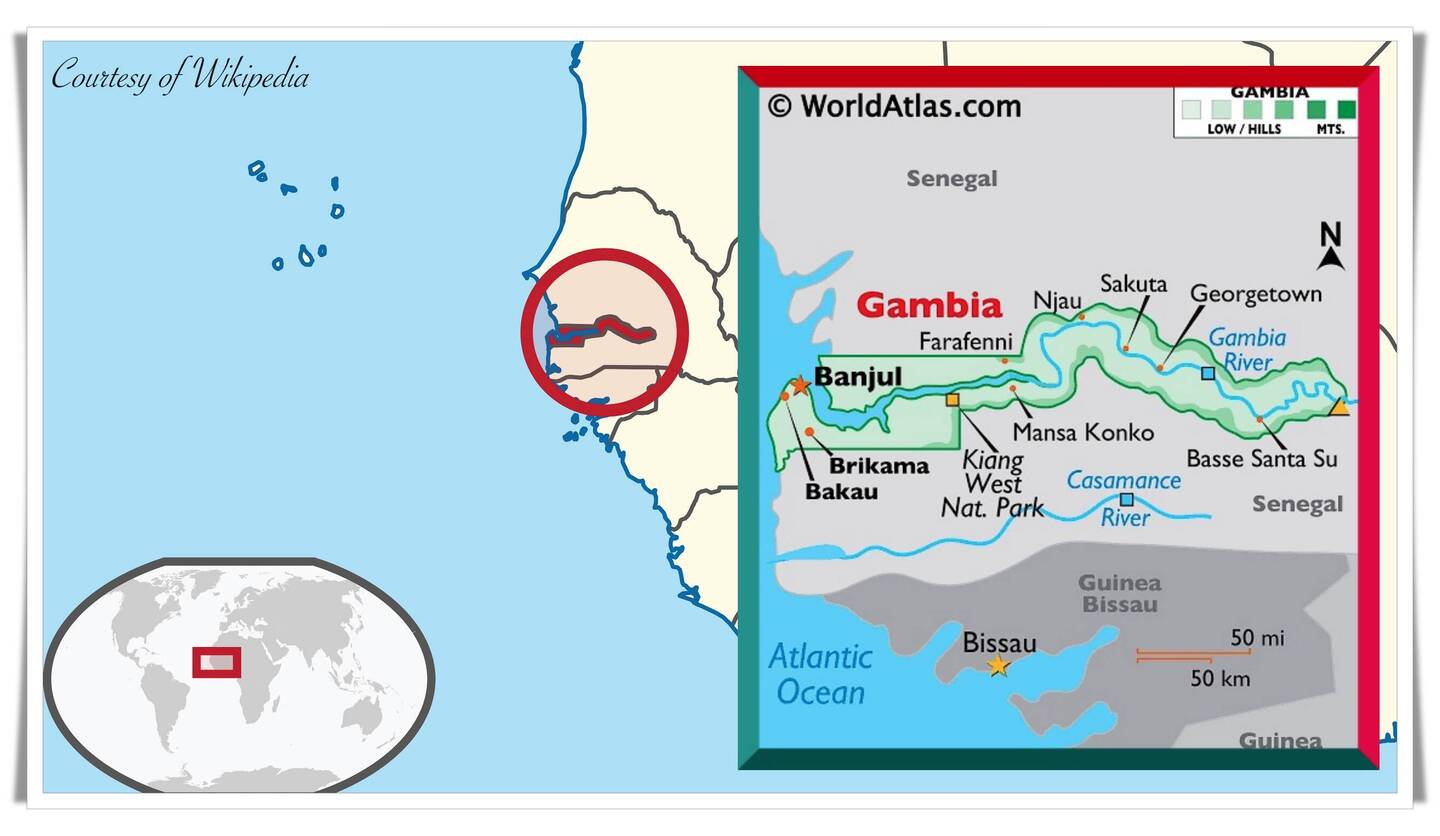
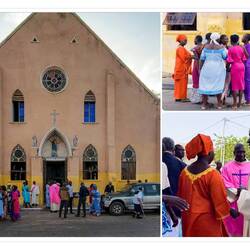

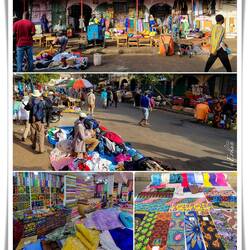
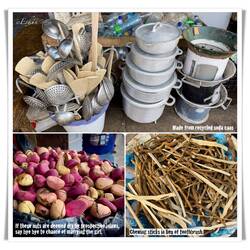


















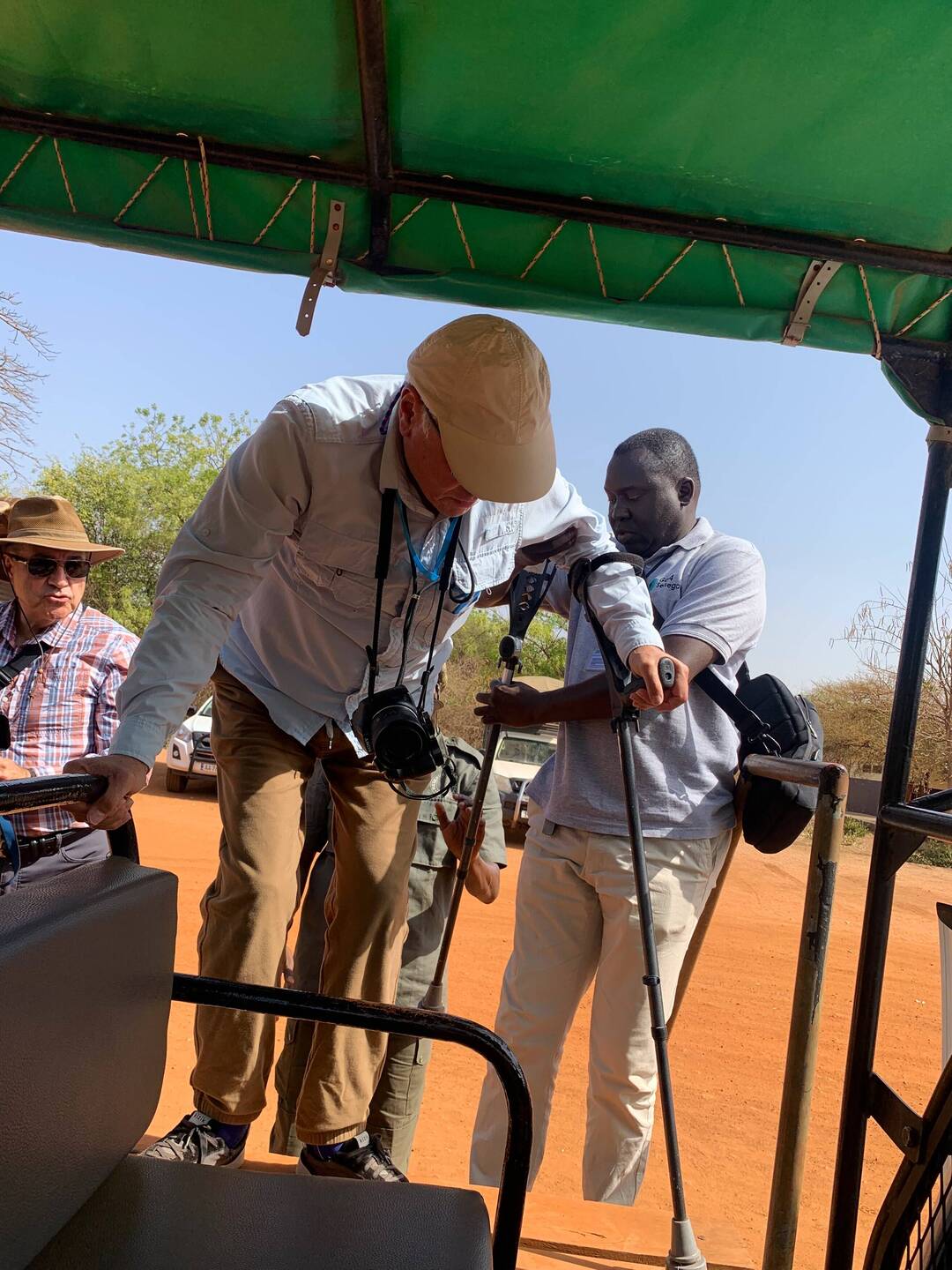
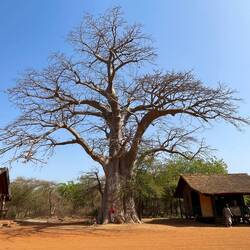
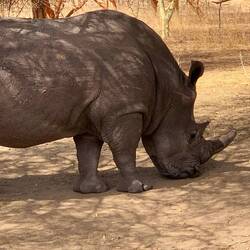
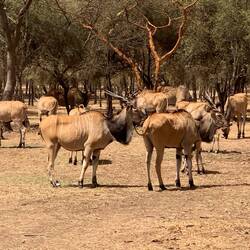

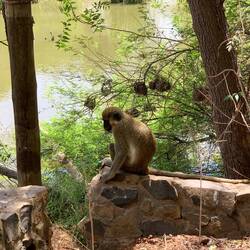





















































Traveler OMG - what an experience! Aren't we privileged????? 🙏🙏🙏
Two to Travel No question about it. After what we saw in The Gambia, anyone who isn’t thankful … well, I can’t imagine it.
Traveler Wow! I sometimes hear people back home complain about government safety regulations in the US and I wish I could show them places like this, where you see a dead rat next to fresh food… Anyway, what an amazing day!
Two to Travel Yes…world travel is eye opening to say the least.